|
Our marine adventure day camp went crabbing on Monday morning at Chincoteague’s Veteran Memorial Park. The group waited to feel a tug on their lines before slowly reeling up crabs and catching them in a net. Many campers caught blue crabs, but one crab they caught was not like the rest. It was shaped different and had a lot of things attached to its carapace, or back. The crab was not a blue crab, but a common spider crab! Not to be confused with a Japanese spider crab, a common spider crab is only about one foot wide when its legs are stretched out. They often walk forward, but they can walk from side to side like other crabs do. Spider crabs are slow and have poor eyesight, so it has tasting and sensing organs on its legs to identify food or mud. Examples of what they eat include starfish and mussels. Wondering what’s all over the carapace of this spider crab? They’re decorations! Spider crabs are considered “decorator crabs.” This means they will attach algae and debris to their carapaces with hook-like hairs. This is used for camouflage as defense against predators. The spider crab caught by our day camp has tunicates on it. It sure was an exciting find!
0 Comments
Environmental scientist Amanda Poskaitis from the Maryland Coastal Bays Program (MCBP) spoke to our college students and professors about projects she has worked on and what the program offers as a whole.
After giving a bit of her background, Amanda shared that she volunteered at MCBP before she worked there. She also encouraged students to get involved with the program. “It’s always good to get experiences, like you are right now, before you get out of school,” Amanda said. There is an annual report card that rates the qualities of bays, and the bays in this area, including the Chincoteague Bay, have a combined grade of C/C+. The freshwater quality is poor because of the excess nitrogen and phosphorous. This is harmful to the organisms that live in this water, one example is clams, according to Amanda. “Hard clams are a really important part of our environment,” she said. One of Amanda’s first projects with MCBP was the Bishopville stream corridor enhancement project. More than 100 dams had to be removed or replaced. The dams had to be removed because they prevented the fish living in the water from moving upstream. However, many of these dams created ponds that people enjoyed and thought of as part of their community. “We had to maintain the pond ecosystem,” Amanda said. Because of the low amount of dissolved oxygen, it was hard for fish to swim. During the construction, Amanda and her team created regenerative stream channels. The construction occured from 2014 to 2015. They monitored the water a year after construction, and they found that using the channel was really successful. They even found fish in the water. “It was actually pretty neat to find [fish] a year after construction,” Amanda said. The total cost of the project was $1.5 million, but it created 1.5 acres of wetland. Although it seems like a lot of money, it greatly increased the fisheries in the area, according to Amanda. Amanda is currently working on Big Millpond Dam which also has a pond that her and her team are trying to maintain. They are also repairing the shoreline on the northern side of Assateague Island which will create an ideal habitat for horseshoe crabs and terrapins. Students from the marine ichthyology college course, taught by Dr. Didier from Millersville University, took a morning trip out on the Flat Fish, one of the research vessels, in Queen Sound to go trawling in hopes of finding fish to identify and study. The first few trawls brought up mostly sea lettuce and invertebrates with few fish. However, as the day continued on, the class began to pull in more fish that they were able to identify. Their catches included a summer flounder, bay anchovy, mantis shrimp, stargazer, sea robin, black sea bass, burrfish, shrimp, squid, seahorse, and a clearnose skate. The students were excited about their finds, but one that stuck out the most was the clearnose skate. “I have never seen skates before. I’ve only seen stingrays, but with skates I don’t have to worry about getting barbed,” said Haley Wise, a student from East Stroudsburg University. Clearnose skates get their name because of their nose, or rostral ridge, that looks almost clear. They mostly eat shrimp, mollusks, crustaceans and small fish, and they are usually about 18 inches wide and 33 inches long. They are found in the Atlantic Ocean, ranging from Massachusetts to Florida, and they are also found in the Gulf of Mexico. These skates are often caught by recreational fishers because they are found close to the shore. Skates are in a group of fish called elasmobranchs. This group contains fish with cartilaginous skeletons, or bones, and five or more gill slits on each side of the head. These include sharks, sawfishes, rays, and skates. While a skate may look like a ray, skates have a larger dorsal fin compared to rays which sometimes do not have a dorsal fin. Rays have one or two stinging spines, whereas skates do not have spines at all. A ray will use its spine to protect itself from predators, but a skate will use thorny projections on its back and tail. Skates are oviparous, or egg laying, and rays are viviparous, or live bearing. In fact, you may have seen skate egg casings on the beach before. They are black and rectangular, and the eggs are located in the center. Some people refer to them as “mermaid’s purses.”
University and research coordinator Sarah Bartle spoke to Chincoteague Bay Field Station staff, students currently taking college courses and professors teaching those courses on Tuesday evening about her research titled “Tracing Methods to Identify Recharge Sources and Quantify Discharge from a Submerged Spring.”
Sarah’s research began in 2011 at Shippensburg University, and it is still currently being conducted. To begin her presentation, she showed different examples of caves including carbonate, gypsum, quartz and marble, halite and wild caves. She also explained how people’s fears of caves have changed over time. For example, people used to believe salamanders were actually baby dragons that lived in caves. Now, people are afraid of bats living in caves. The significance of her research was that there is a lot of non-point source pollution in environments which means there is pollution that has no known source. Conduit streams which flow through caves have short residence times, or times that material is flowing through them, and they do not have enough time to get rid of the toxins that are flowing through. This also makes it difficult to know who is to blame for the toxins in the water. For her research, Sarah mainly looked at Welsh Run where the stream seemed to trail off underground at one point and suddenly a spring appeared at another point. Sarah and her research group used dye dilution by time to determine the quantity of the sources of water that led to the spring. “What goes down must come up again. So, if it goes underground, the water, the losing stream, it has to come back out at a spring and usually into a stream,” Sarah said. The purpose of her research was to identify methods of locating connections between surface water and ground water and to find out if there are one or many sources that are contributing. She became interested in studying Welsh Run because there were cave fish, or surface fish, that were only there in the winter and not during the summer. The group put Sulforhodamine B, or SRB, which is a non-toxic dye, into the stream that was detected on charcoal bags that were set up. This was used to determine if the stream flowed through the cave and out to the spring. The results were successful. “That was a pretty good indicator that our hypothesis was correct that that little stream that was losing went to the cave and then to the spring,” Sarah said. After, Sarah and her group did discharge measurement to figure out how much water was being lost in the stream swallet. The flow conditions played a large factor, and up to 50 percent of the water that was flowing through the cave was not from the stream swallet. The water could have been coming from a pond nearby. The biological study found that the Welsh Run stream had a lot of algae, the pond had a lot of diatoms and the cave had both algae and diatoms. Because of this, her group continued on with the dye trace. Sarah dumped the dye into the stream and an automatic water sampler was set up at the spring to take samples every 15 minutes. This found the quantity of water in the spring that came from the stream that flowed through the cave and out to the spring. “[The study] showed a lot about how every site is site specific so it showed a lot about different methods you can use to trace water and determine sources based on quantity of water,” Sarah said. |
About
Everything you need to know about CBFS's educational programs, visiting Chincoteague Island, and more! Categories
All
Archives
January 2019
|
CHINCOTEAGUE BAY FIELD STATION | 34001 Mill Dam Road | Wallops Island, VA 23337 | (757) 824-5636 | [email protected]
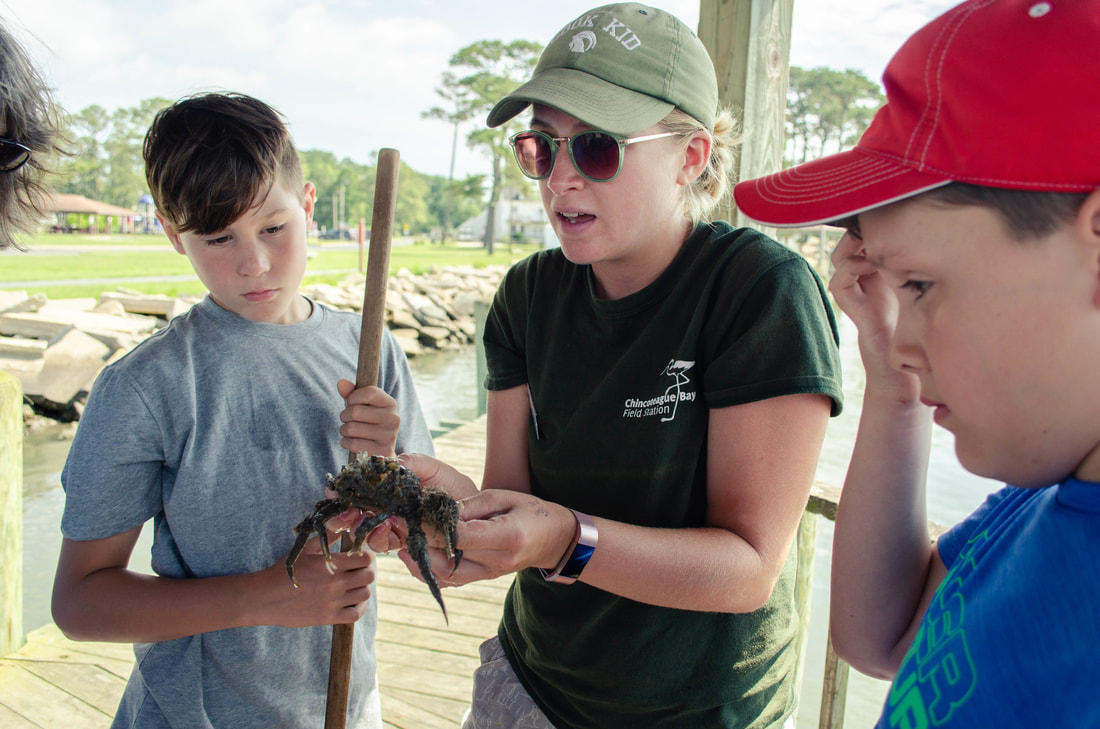
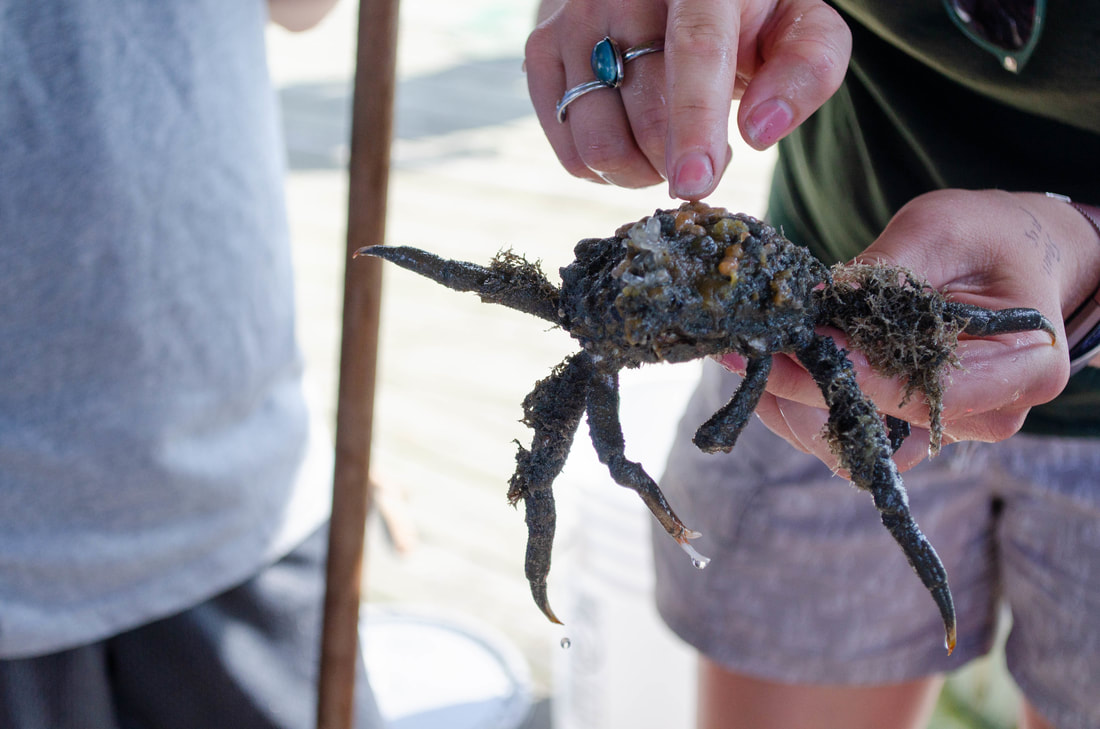
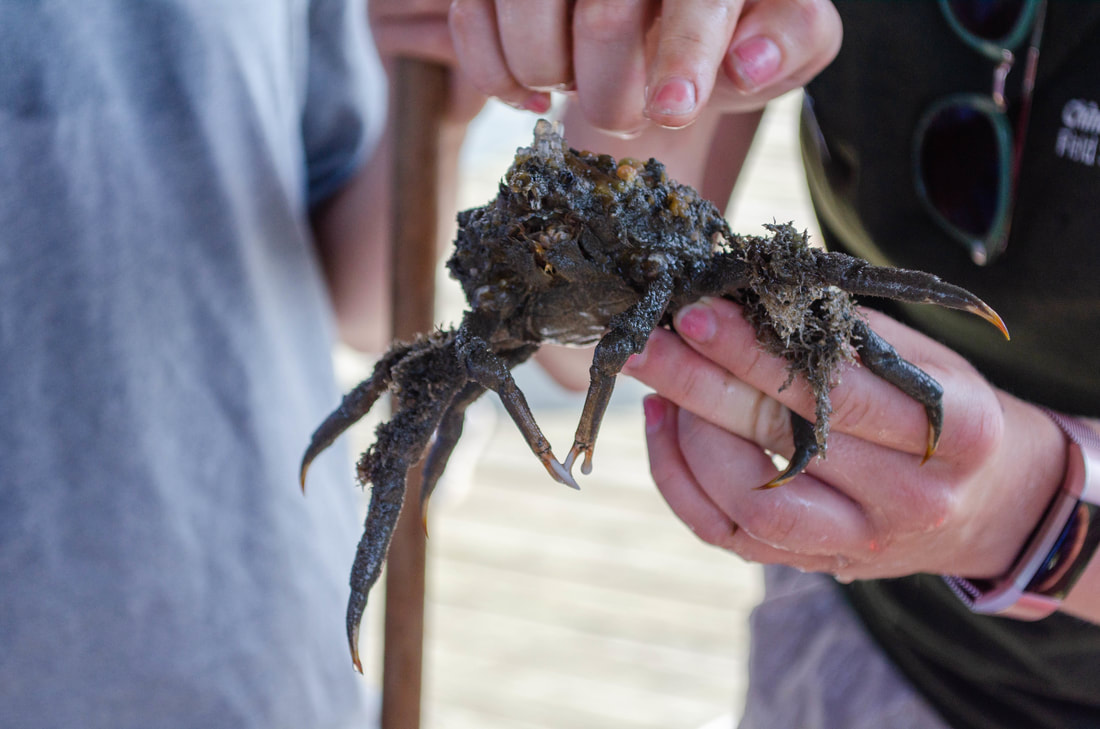
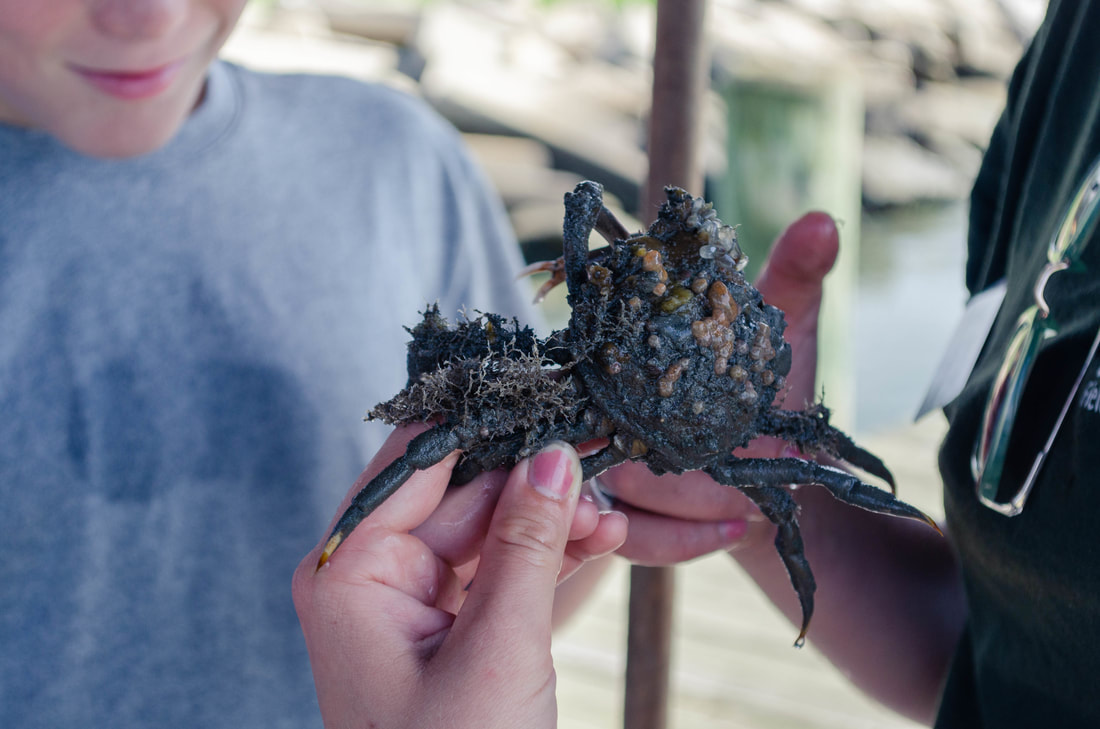
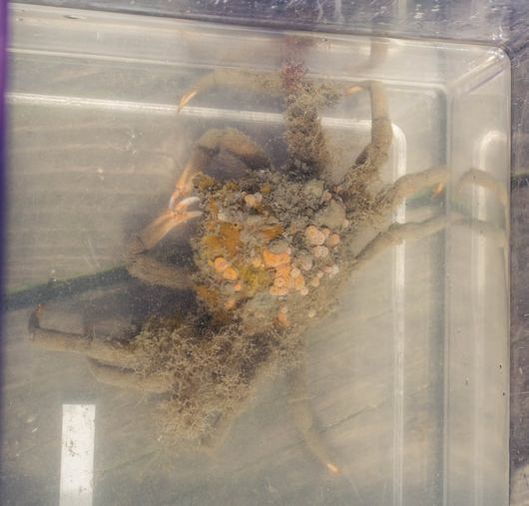
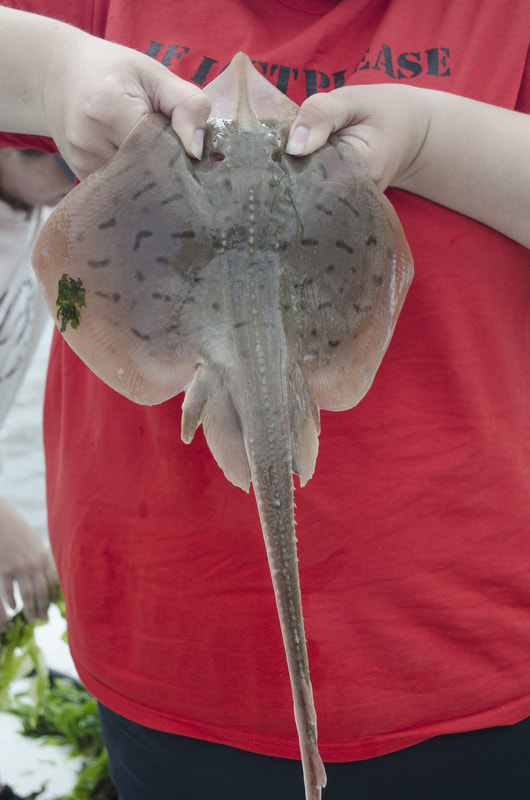
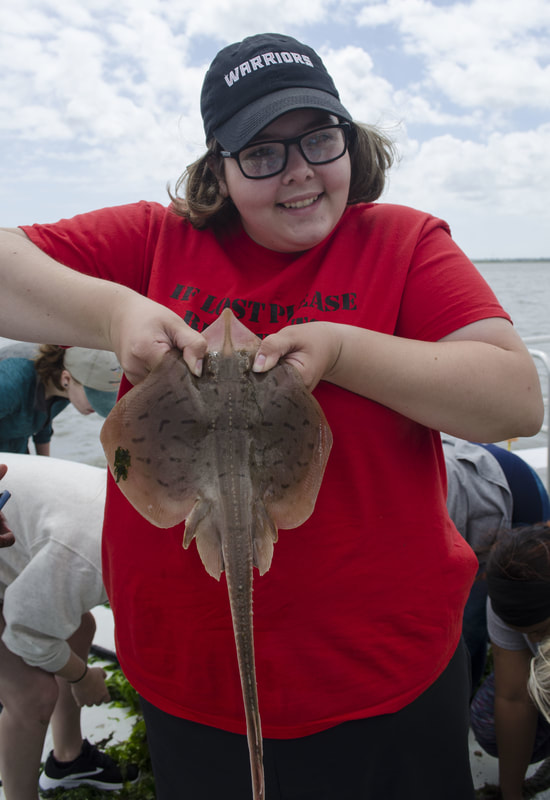
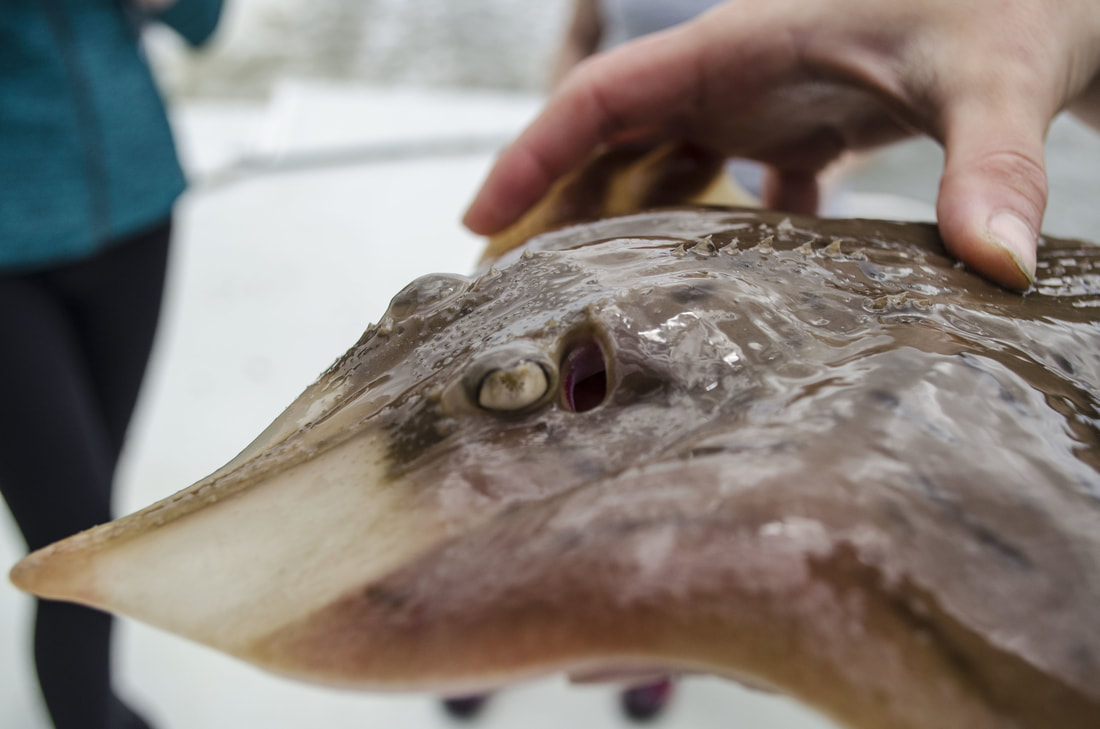
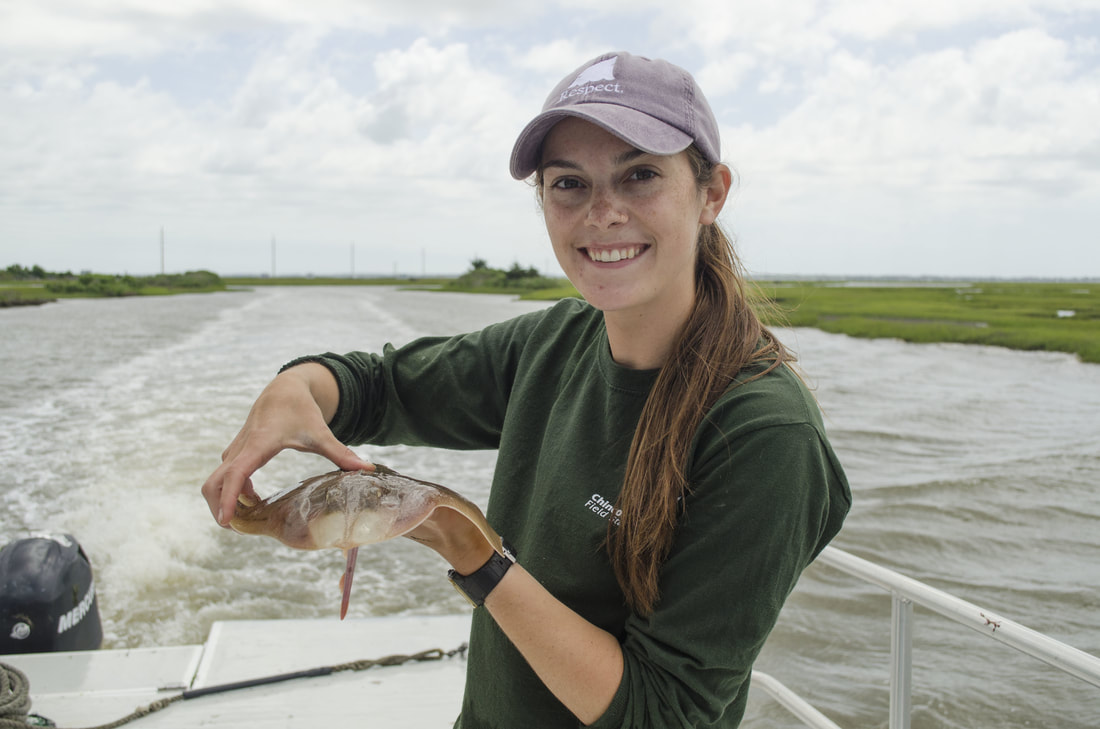
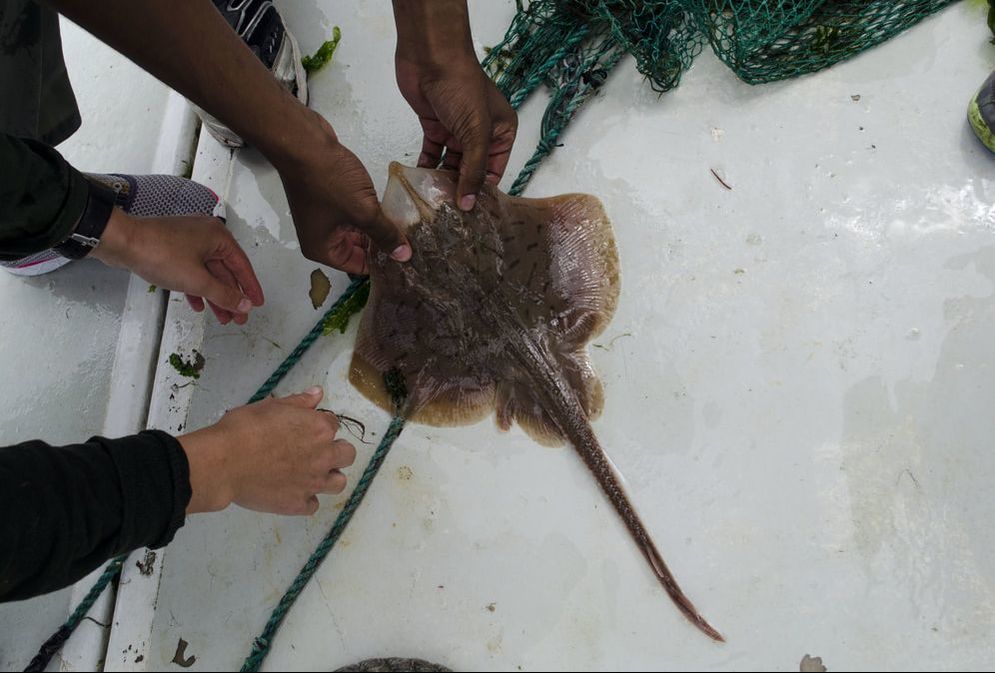
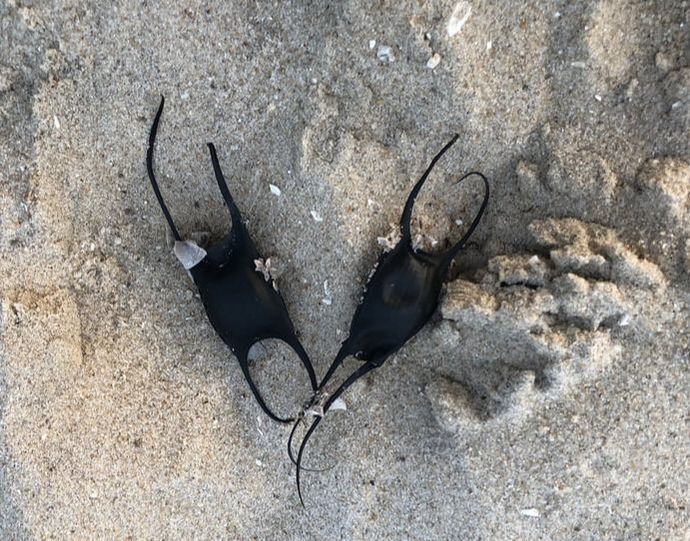
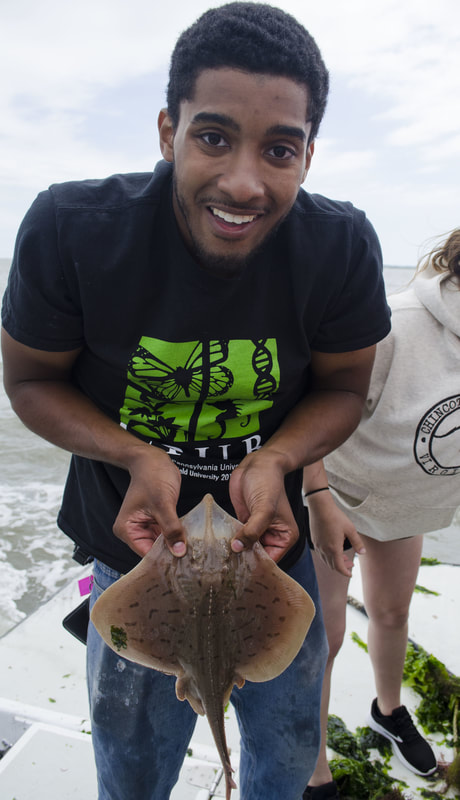
 RSS Feed
RSS Feed

